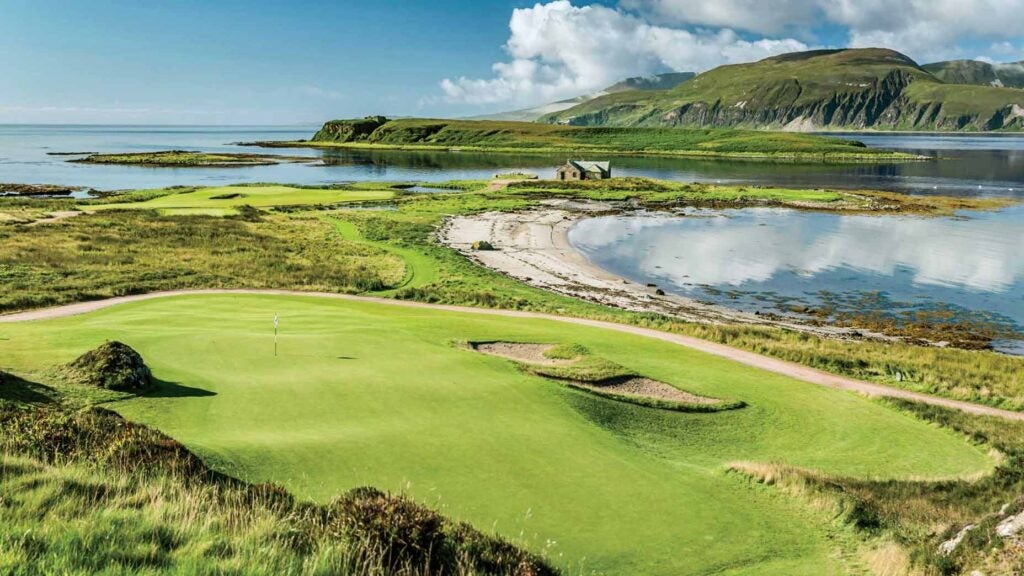Ed. note: With each new Top 100 Courses ranking comes new learnings, both large and small. Our 2021-22 Top 100 World list is no exception. To better understand this ranking’s key trends and takeaways, we asked Ran Morrissett, who manages our ratings panel, for his observations. Here’s the sixth installment of his seven-part series. Stay tuned to GOLF.com in the coming days for more of Morrissett’s insights.
***
Part I: Pandemic positives
Part II: The return of parkland golf
Part III: Beauty is more than skin deep
Part IV: Thoughtful minds lead to thoughtful courses
Part V: Things are rolling, rolling, rolling…
Part VI: New but old
Three special courses built in the past five years climb onto our world ranking. The exciting thing? They couldn’t be more different. A tip of the hat to the GOLF panel for not playing favorites or having their selections be stereotyped.
St. Patrick’s Links (No. 55), in northwest Ireland in County Donegal, occupies a beguiling mix of tumbling dunes and quieter stretches where the land’s micro-contours shine. Tom Brown, a panelist in Southern California, mused that “St. Patrick’s Links might be the finest natural site for golf in the past 80 years.” UK-based architect Robin Hiseman said, “I can’t think of a course I have enjoyed more for a very long time.” High praise! Side note: Tom Doak’s creation at St. Patrick’s came to life only because golf previously existed on-site. New course construction on virgin dunes, like those at St. Patrick’s, is no longer permitted in Ireland.
Only 110 miles northeast across the Irish Sea from St. Patrick’s, as the crow flies, is Ardfin (No. 74) on the Isle of Jura in the Inner Hebrides. Designed by Bob Harrison, the midsection of the course plays along the southern end of the island’s perimeter, with jaw-dropping views over to the Isle of Islay. Jura is a rocky piece of land — it’s the antithesis of St. Patrick’s. Sand from Ireland was brought by ship to sand cap the fairways so that the course would play properly. It’s as spectacular a golf site as I have seen. The weather plays a huge role, too — it’s man versus Mother Nature on an epic stage.
In contrast to the spectacular DNA of St. Patrick’s and Ardfin, the third new entry to the list, the New Course at Les Bordes (No. 97), features more demure elevation changes with a high to low point of 35 feet. Built two hours south of Paris, it, like Garden City (No. 45) on mid–Long Island, is set across sandy soil with greens often positioned as extensions of the fairways. A variety of grasses, brome and even thistle, lend the course a panoply of texture and contrast. Drama plays a huge role here, too, via the fierce hazards Gil Hanse, Jim Wagner and team cut into the gently rolling land and the opportunity to bounce approach shots onto open greens. Set on a 1,400-acre estate, it’s one of the most peaceful — and handsome — golf environments imaginable.
